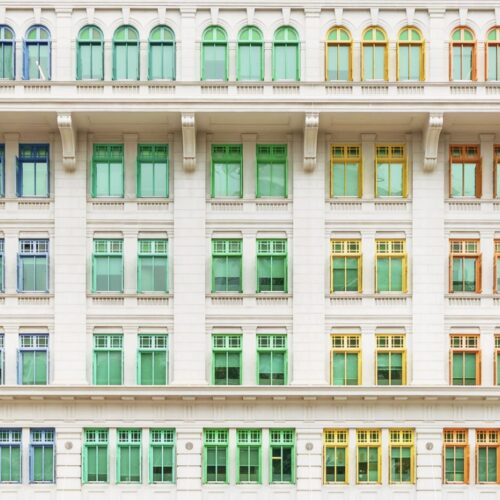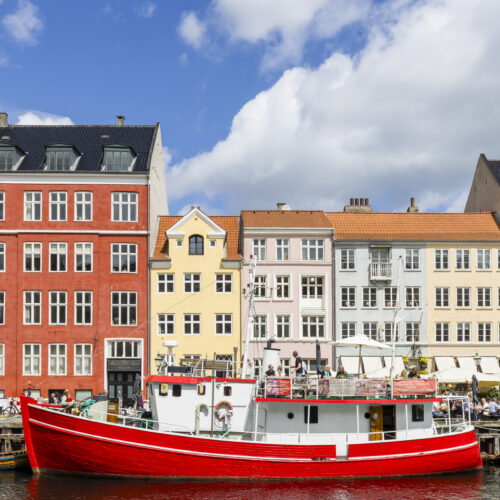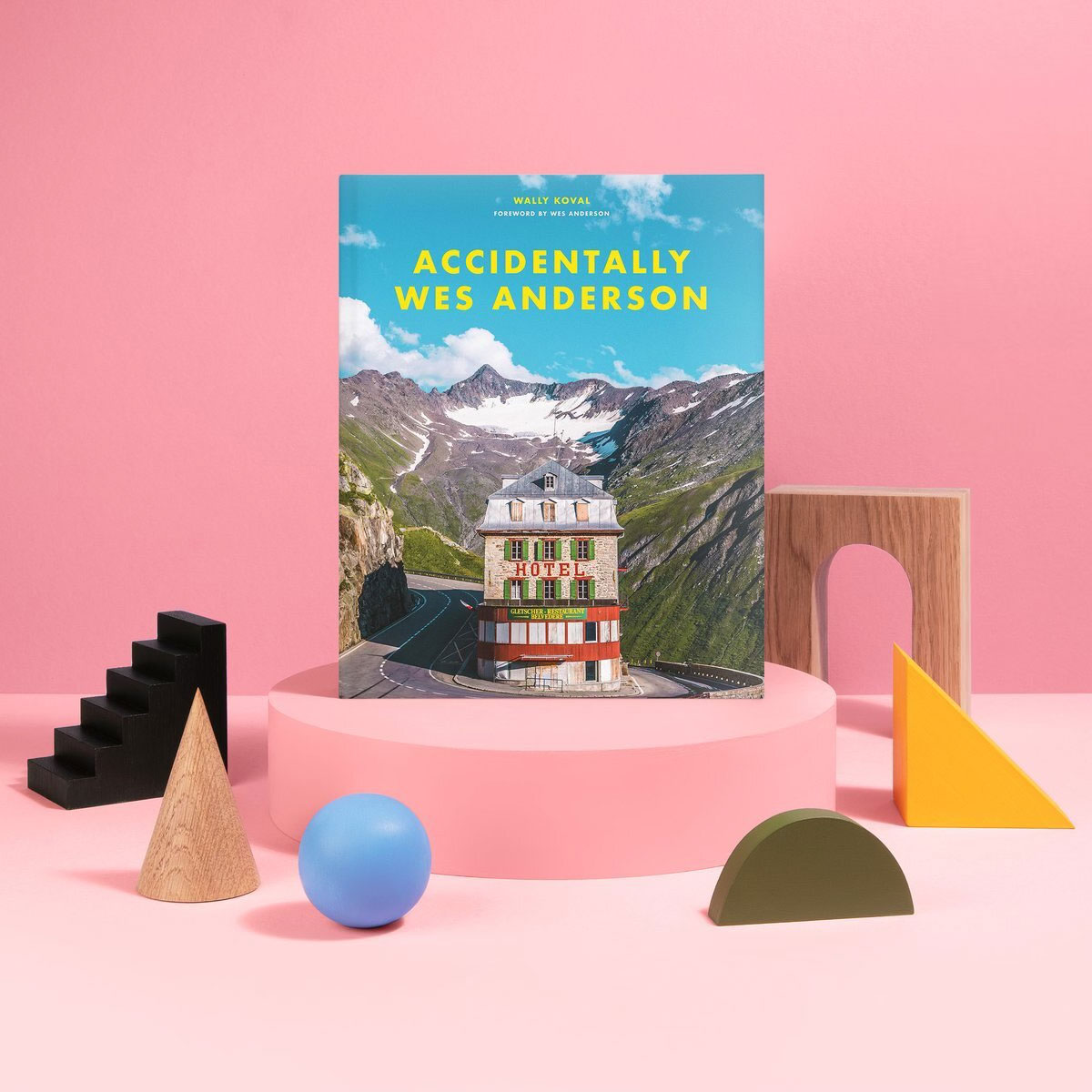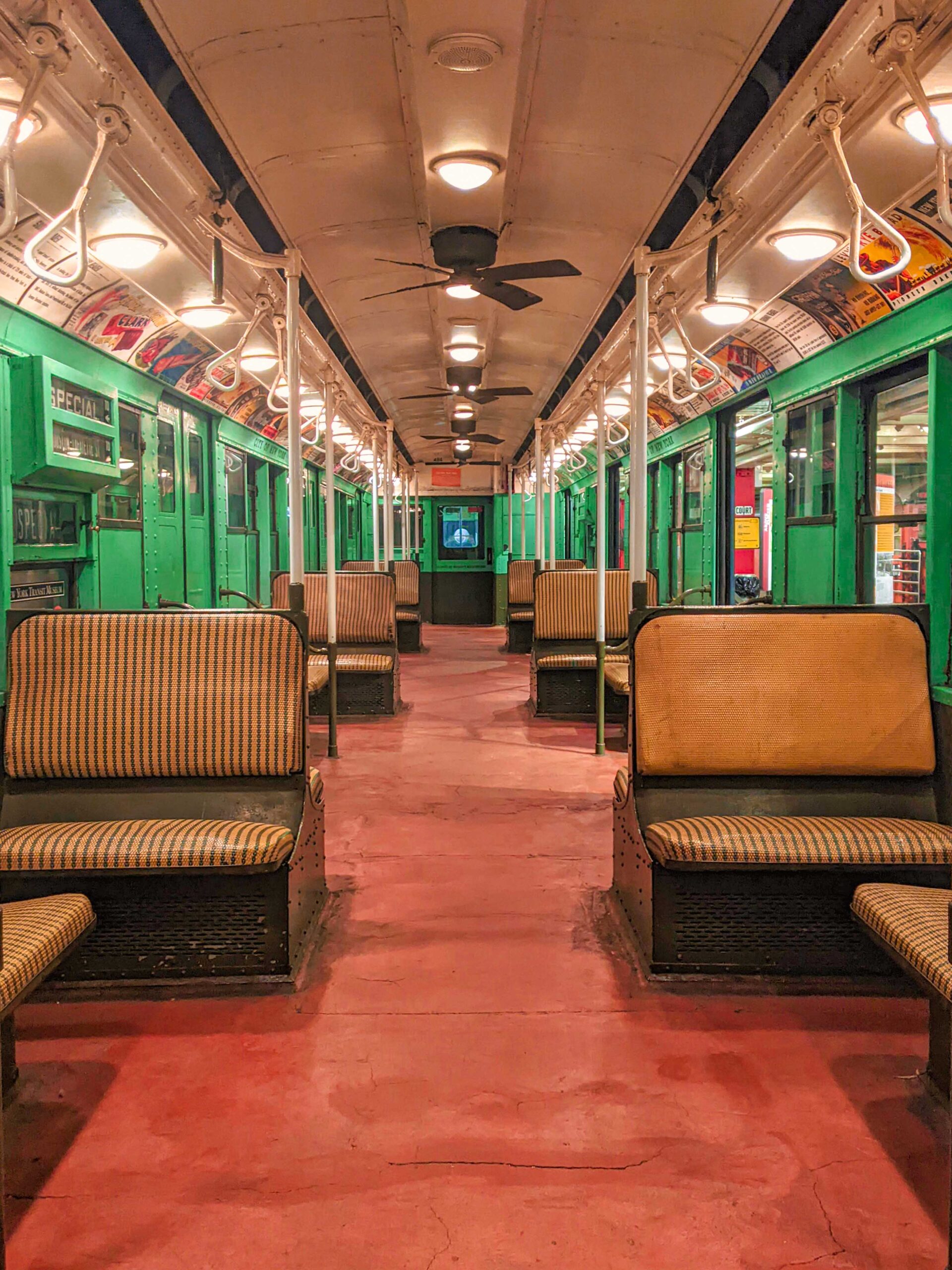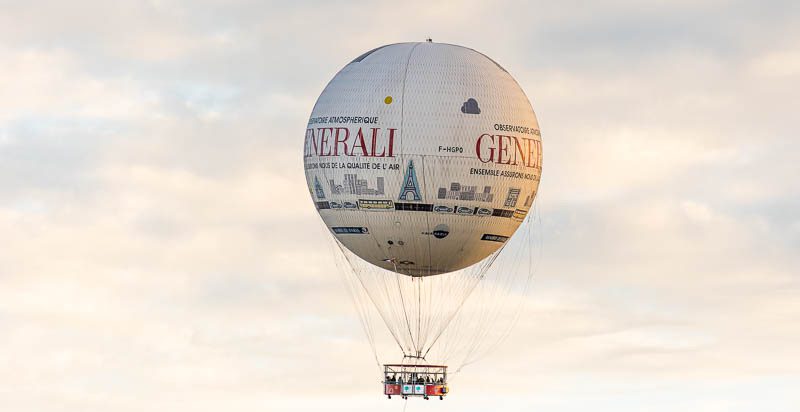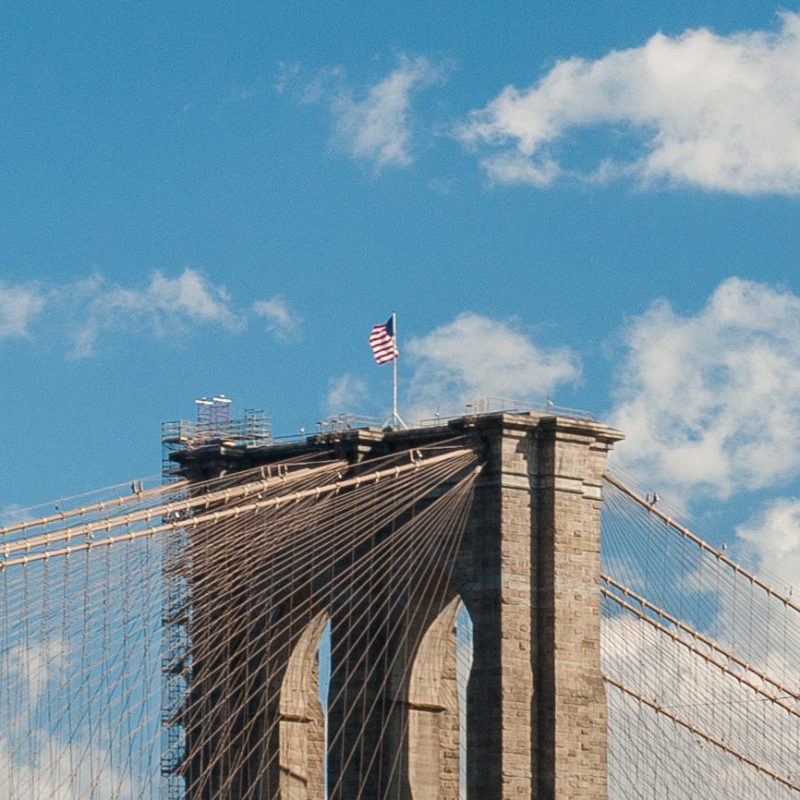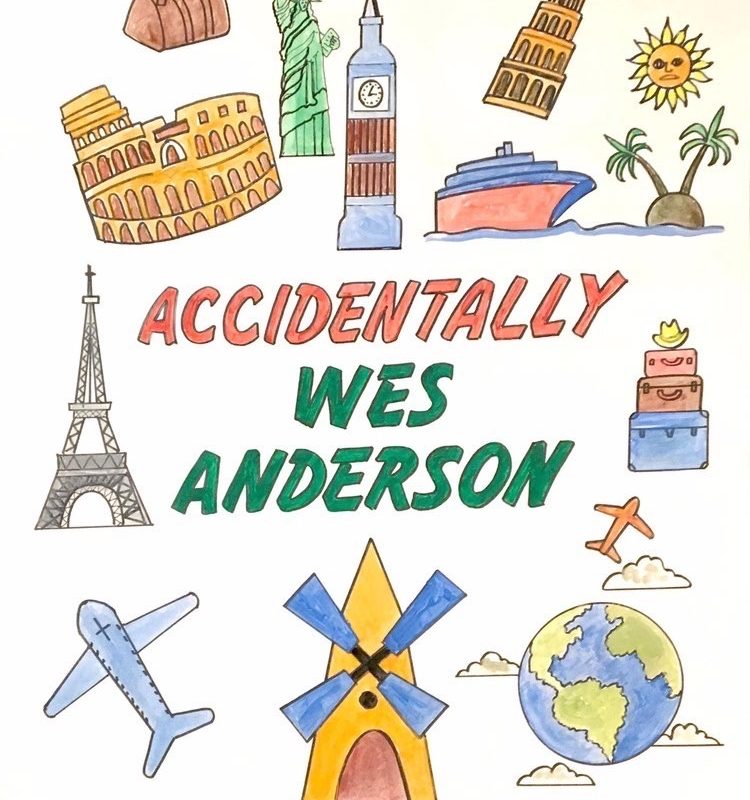Since 1904, New York City’s subway has played an integral role in keeping “The City That Never Sleeps” on the move. At any given time there are hundreds of thousands of city slickers moving below the streets between five boroughs at varying speeds. But there are also many miles of underground tunnels that have been long forgotten in the Big Apple – many of which continue to be a constant source of mystery and myth making.
Back in the late 1800s, New York made its first attempts at an underground railway with the Beach Pneumatic Transit System. Running a short path under Broadway, the project was abandoned after only three years and the entrance was sealed.The forgotten stretch was rediscovered in the 1910s when excavators for the current subway system ran into the tunnel, – finding abandoned rail car and all.
Not too far from this site of urban archeology is the defunct City Hall Station. Operating as the nexus on one of the first completed subway lines, it was only in use for forty years before closing in 1945. Designed to be the gem of the new transit line, no expense was spared. Notable for its Romanesque Revival features, it has architectural details you would never find in a modern railway station,such as colored glass tiles, brass chandeliers, ornate arches, and skylights that lit up the entire platform on a sunny day. While it was designated a landmark by the city, the station only exists as an emergency exit, though if you stay aboard after the last stop on the 6-Train, you can get a sneak peek as the train does a U-turn through the station to head back uptown.
It’s not just all abandoned stations down there though – some parts of the subway remain off-limits even to locals. Given New York’s status on the world stage, it attracts world leaders and the wealthy alike who demand luxury even dozens of feet below ground. In one instance, one subway line owner installed his own luxury car complete with a private bathroom and kitchen – in case they were hungry between stops.
If one digs deeper, there are more transportation links underground than just the subway. A private track connected to Grand Central Terminal was used by President Franklin Roosevelt who wanted to hide his wheelchair necessitated by worsening polio. On his city visits, Roosevelt would “disappear” below the hotel where a special car awaited. Rumor has it that track 61 is still in use as a secret line to transport today’s presidents and other politicos, and was even the site for Andy Warhol’s unsanctioned “underground parties” – we’re still waiting for our invitation.
For over a century, all kinds of activities were taking place far from the eye of the street level observer. The tunnels below New York mimic the fast pace that you see on the surface, creating an underground city of its own. And just like any city, there are vestiges of a forgotten time, when chandeliers hung in public places or when Warhol would have an invite-only party in a president’s private port-of-call. There are still many secrets left in those long forgotten underground tunnels, but you might want to save those discoveries to the excavators.

